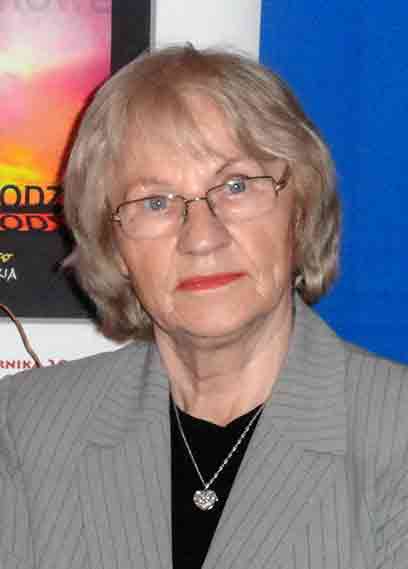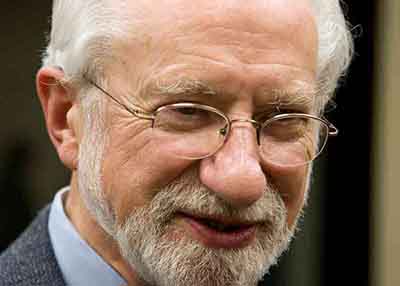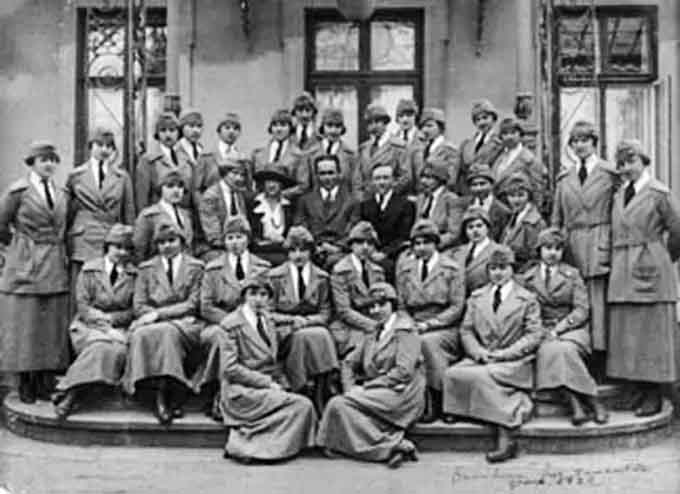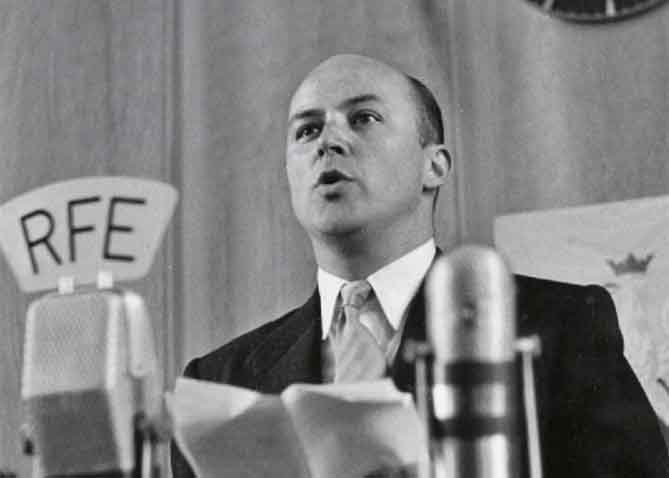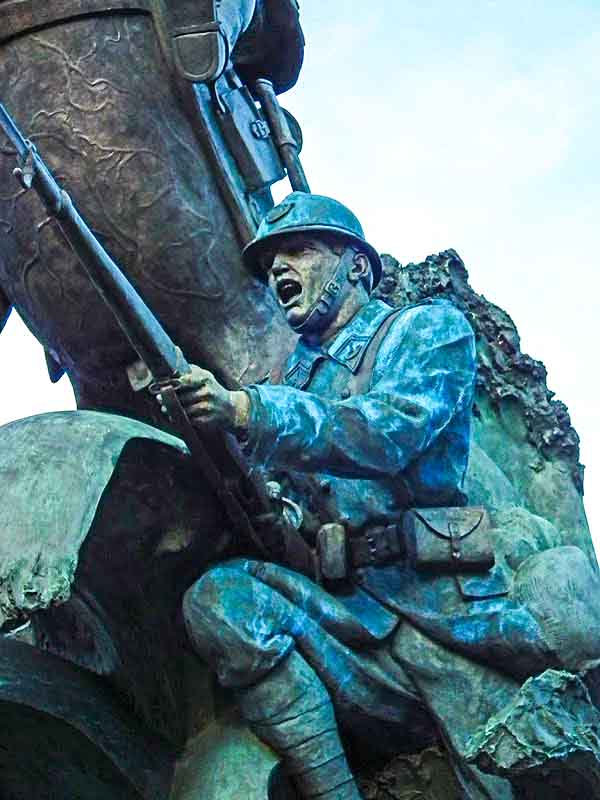Jerzy Giedrojć is a man who is completely unknown to the young generation. And yet, despite the fact that he remained in exile after World War II, he had a huge impact on the thinking of Polish intellectual elites and, through them, also on the thinking of Poles. He never returned to Poland, but many of his ideas were used to build the foundations of the Third Polish Republic.
Due to the current political situation and the topicality of his political vision, called the "Giedrojc doctrine", it is worth presenting his figure and the Parisian "Kultura" (Culture) to contemporary Poles, both those in the country and those remaining in exile.
Who Was Jerzy Giedrojć?
He was born in 1906 in Minsk. He had two younger brothers - Zygmunt and Henryk. The Giedrojć family originated from Lithuanian princes, but as a result of various historical turbulences, it lost its importance. Jerzy's grandfather was a tsarist officer, and his father was a pharmacist in a Warsaw hospital. Until the October Revolution, Jerzy studied at a gymnasium in Moscow, but in 1917, fearing for the safety of his life, the family returned to Minsk, and in 1918 they evacuated to Warsaw, where Jerzy graduated from the Gimnazjum named after Jan Zamoyski.
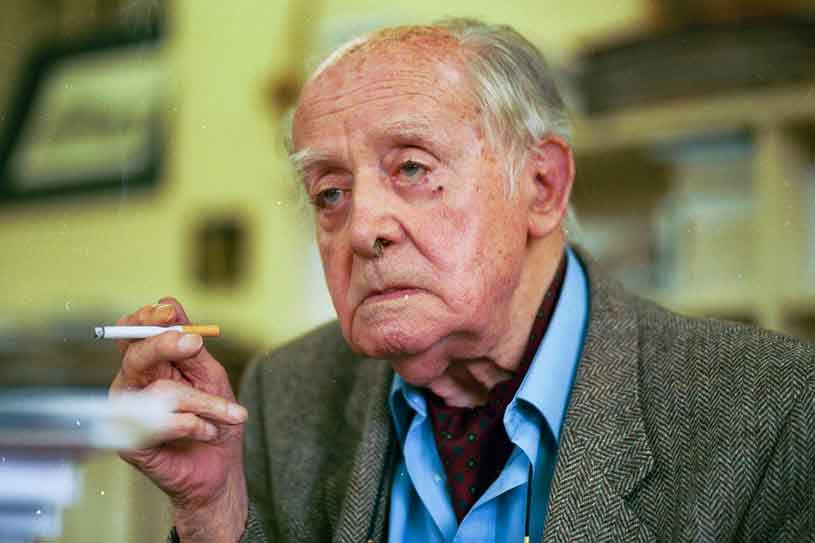
Jerzy Giedroyc. Photo from 1998. photo. Piotr Wojcik. (Source: Interia)
Raised in multicultural Minsk in a patriotic Polish family, as a 14-year-old student he took part in the Bolshevik War. From the beginning of his political involvement, he was a supporter of a strong, multinational Poland, which is why he was deeply affected by the death of the first democratically elected president of independent Poland — Gabriel Narutowicz.
His youth coincided with the period of shaping the Polish statehood, a period in which views on its political and economic shape clashed. Young Giedrojć actively participated in this shaping. In 1924, he passed his secondary school-exit examination and began his studies at the University of Warsaw. At first (1924-1929) law, then (1930-1931) history. He took part in the riots of 1926, first on the side of the government, but seeing the opportunism and shallow commitment of its defenders, he changed the barricade and sided with the Piłsudski. Born in the eastern borderlands of the Republic of Poland, he devoted a special place in his heart and in his actions to the matters of national minorities.
In the interwar period, he was involved in both economic life and journalistic activity.
In 1930, he took over the editorship of the weekly "Dzień Akademicki" (Academic Day). Soon he transformed the magazine into a biweekly "Bunt Młodych" (The Revolt of the Youth), and in 1937 into a weekly and changed its name to "Polityka" (Politics).
From 1930 he worked as a secretary in the Ministry of Agriculture and Agricultural Reforms. At that time, he had the opportunity to cooperate with outstanding Poles — Leon Janta-Połczyński, as a minister, and Roger Raczyński, a political activist from Poznań and later a diplomat, as a deputy minister. In 1936 he moved to the Ministry of Industry and Trade.
After the outbreak of World War II, together with the government of the Second Polish Republic, he evacuated to Romania. In Bucharest, he again met Roger Raczyński, who was then the Polish ambassador, and became his secretary. He still remained in this post at the time of the evacuation of the Polish embassy in 1940. Then he became the head of the office of the Polish embassy in Chile, which from then on represented Polish interests.
From Romania, in 1941, he left for Turkey. He decided to join the Polish army, so he went to Palestine and became a soldier of the Carpathian Brigade, with which he took part in the fights in Egypt and in the defense of Tobruk. After General Anders' soldiers arrived from the USSR and joined the Carpathian Brigade, he began working in the Propaganda Bureau of the 2nd Corps. It was then that he met many of his later friends, co-creators, and collaborators of "Kultura". Among them were Józef Czapski, Gustaw Herling-Grudziński, Zofia and Zygmunt Hertz, and Juliusz Mieroszewski.

Zofia and Zygmunt Hertz (Source: Wikipedia)
In 1946, in Rome, on his initiative, they founded the Literary Institute, under which — after moving to Paris — they published the monthly "Kultura" in the years 1947-2000, of which Giedrojć was the originator and Editor-in-Chief. From 1962, "Zeszyty Historyczne" (Historical Notebooks) was also published, the publication of which was continued until the death of his brother and collaborator Henryk Giedroyc in 2010.
In the period of the Polish People's Republic, Jerzy Giedrojc's name was on a special list of people with a complete ban on publication. In relation to the names of writers, scientists and journalists residing in emigration mentioned in this list, the principle of unconditionally eliminating their names and mentions of their works, apart from critical ones, from the press, radio and television as well as non-periodic publications of a non-scientific nature was adopted.
Jerzy Giedrojć died suddenly of a heart attack on the night of September 14/15, 2000. In accordance with his wishes, he was buried in the cemetery in Maisons-Laffitte, the town where his home was located, and at the same time, the seat of the Literary Institute — a place that was the center of intellectual life not only of the Polish emigration. The other founders of the Literary Institute found their rest in the same cemetery.
The Literary Institute and its Creators
On February 11, 1946, Jerzy Giedrojć, together with a group of friends and later creators and long-term collaborators of "Kultura", thanks to a loan from the soldiers' fund of the 2nd Corps, purchased a printing press and founded a publishing house, which was called Instytut Literacki (The Literary Institute).
In the year of its foundation, he published the first book: "Legions" by Henryk Sienkiewicz. The following year, there were already 28 titles. In June 1947, together with Gustaw Herling-Grudziński, they published the first issue of the "Kultura" magazine. In the same 1947, Giedrojć (at first it seemed to him, only briefly) moved his publishing house (the Literary Institute) to Paris. He invited friends he met in the 2nd Corps, among whom there were outstanding individuals, to cooperate.
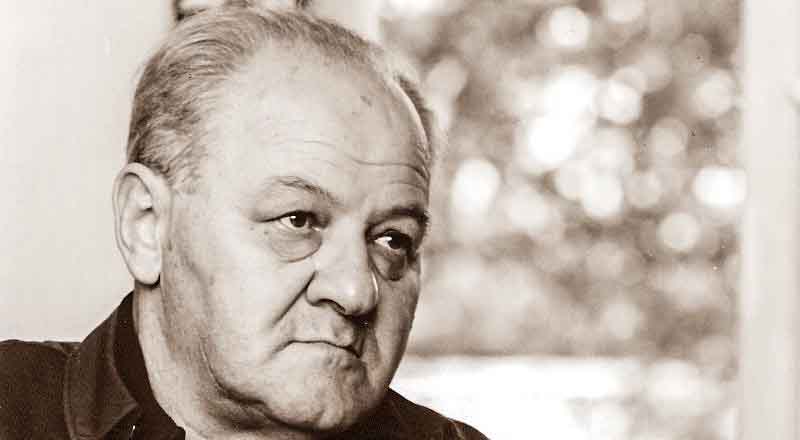
Gustaw Herling-Grudziński (Source: Zeszyty Literackie)
Among them was Józef Czapski, an artist-painter and witness to history. He often traded his brush and palette for a soldier's uniform and pen. He took part in the Bolshevik war, during the twenty year Second Polish Republic, he exhibited his paintings in the Paris Salts, and in September 1939 he again put on a soldier's uniform. He was captured by the Soviets, but as one of the few he avoided the fate of those who "disappeared without a trace". After the amnesty announced after the agreement between General Władysław Sikorski and the Russian ambassador Ivan Majski, he joined the emerging Polish army under the command of General Władysław Anders. He was given a mission to search for missing Polish officers. He witnessed the discovery of the Katyn graves. From the beginning until his death (January 12, 1993) he was a co-creator of "Kultura", especially its artistic ambassador.
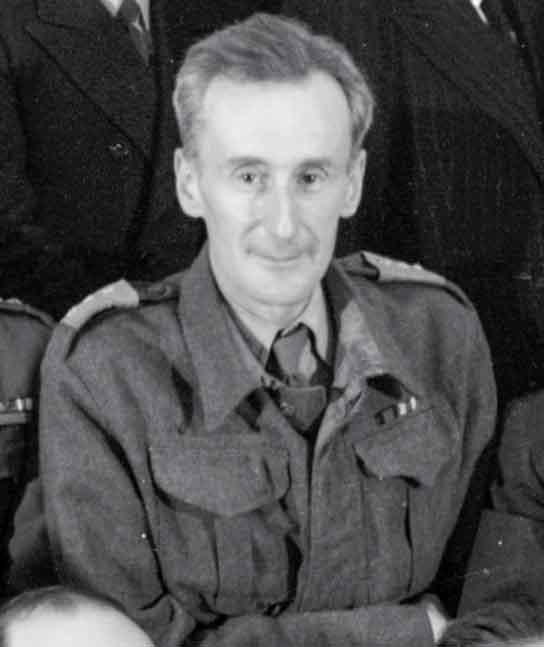
Józef Czapski (Source: Wikipedia)
Gustaw Herling-Grudziński, a gulag prisoner in Jercewo, a soldier of the 2nd Corps of General Anders, the author of a series of stories about life in labor camps "Another World" was an equally unique individual in the magazine's team.
Zofia and Zygmunt Hertz were lawyers and economists by education, and privately, lovers of beauty and friends of artists. After the September defeat, they found themselves on the territory of the Soviet Union. They went through prisons and camps. As soldiers of the Anders army, they evacuated to Iran and found themselves in the ranks of the 2nd Corps. They both dealt with the technical and organizational matters of the Literary Institute and "Kultura", but they were also the heart of the place where the elite of the intellectual life of the Polish emigration, and later Polish dissidents, came. The Hertz family created a specific atmosphere of the Institute.
The seat of the Institute in Maisons-Laffitte near Paris soon became a place of actual or correspondence meetings of writers, artists and philosophers. Initially, "Kultura" had an impact primarily on emigration circles, but in the 1970s and 1980s it had a strong impact on the circles of opposition and "Solidarity" activists.
Giedrojc's Doctrine
In 1974, in the pages of "Kultura", Jerzy Giedroyć, together with Juliusz Mieroszewski — an experienced Krakow journalist from the interwar period, a diplomat from Bucharest, a comrade from the 2nd Corps and a long-time collaborator — formulated the concept that one should come to terms with the borders established after WWII, promote the sovereignty of Ukraine, Lithuania and Belarus, because their sovereignty is a factor conducive to the independence of the Republic of Poland, whereas the domination of these countries by Russia opens the way to the enslavement of Poland as well. This concept was called the Giedrojc Doctrine and after 1989, it had a major impact on Poland's foreign policy.
The Institute also cooperated with Ukrainian emigration circles and supported the Ukrainian independence movement, including the faction stemming from Symon Petlura.
The Role and Meaning of "Kultura"
From 1947 to 2000, 637 issues of "Kultura" were published. The very names of the editors ensured keen interest not only among Polish intellectual elites. What attracted people to the magazine was its programme.
Jerzy Giedrojć was above all the creator of modern Polish political thought. Brought up and experienced during the period of building the foundations of the independence of the Second Polish Republic, and then experienced by the events of World War II and the politics of great powers, he decided that there was no going back to the borders from before 1939, that it was more important to build good neighborly relations with nations from the east — Lithuania, Belarus and Ukraine — and stimulating their aspirations for independence. "Kultura" did not limit itself only to emigration issues, but also analyzed and commented on the changes taking place in Poland.
In 1951, she invited Czesław Miłosz, then the secretary of the Polish embassy in Paris, to cooperate. In 1953, she published his "Captive Mind", which was an analysis of the mechanisms of communism affecting intellectuals.
"Kultura" for years commented on the events in Poland, which the government intended to cover up with silence. The magazine was pluralistic, allowed the publication of views other than those of the Editor-in-Chief, but maintained a system of values in which racist, anti-Semitic, hate, or communist texts were unacceptable.
"Kultura" was also interested in other countries of Central and Eastern Europe. In 1969, a special issue of "Kultura" was published in Czech and Slovak. Bohdan Osadczuk, a Ukrainian political scientist, collaborated with Jerzy Giedrojć for 50 years. Since 1953, the Literary Institute has published a series of books entitled "Biblioteka Kultury" (The Library of "Culture"*). Most of the books published in this series could not be published in the country, e.g. those by Czesław Miłosz, Witold Gombrowicz, Józef Czapski, Gustaw Herling-Grudziński.
Among the authors publishing in the pages of "Kultura", there is a plethora of outstanding writers, publicists, politicians... It is worth mentioning some well-known names such as: Zbigniew Brzeziński, Marian Kamil Dziewanowski from the United States; Polish writers: Józef Mackiewicz, Stefan Kisielewski, Jerzy Stempowski, Kazimierz Brandys, Marian Brandys, Zbigniew Herbert, Slawomir Mrożek, Stanisław Barańczak. Among the world-famous writers who collaborated with "Kultura": Andre Malraux, Osip Mandelstam, Boris Pasternak, Andrei Sakharov, Alexander Solzhenitsyn, George Orwell, and many, many other.
By September 2000, 512 titles had been published in the "Biblioteka Kultury" series. From 1962, the Institute began publishing "Historical Notebooks", which dealt with the recent history of Poland and Central European countries. One of them was devoted to Polish-Ukrainian relations, in which the figure of Semen Petlura and attempts to create a Polish-Ukrainian federation with Józef Piłsudski were presented.
Many interesting remarks and geopolitical observations are contained in the rich correspondence of Jerzy Giedrojc, which he conducted with many famous people and collected in the archives of the Institute. "Kultura" ended its existence with the death of its creator Jerzy Giedrojc (2000), and "Zeszyty Historyczne" with the death of Henryk Giedrojc (2010).
The work of the creators of the Literary Institute is still relevant, especially now, in the political situation in Eastern Europe, within the still reemerging Intermarium project, which was born as part of the cooperation between Józef Piłsudski and Symon Petlura. If the knowledge of Giedrojc's ideas were more common among Ukrainians, perhaps they would build their national identity on the basis of other authorities than those symbolized by the red and black flag.
Translation from Polish by ANdrew Woźniewicz.



